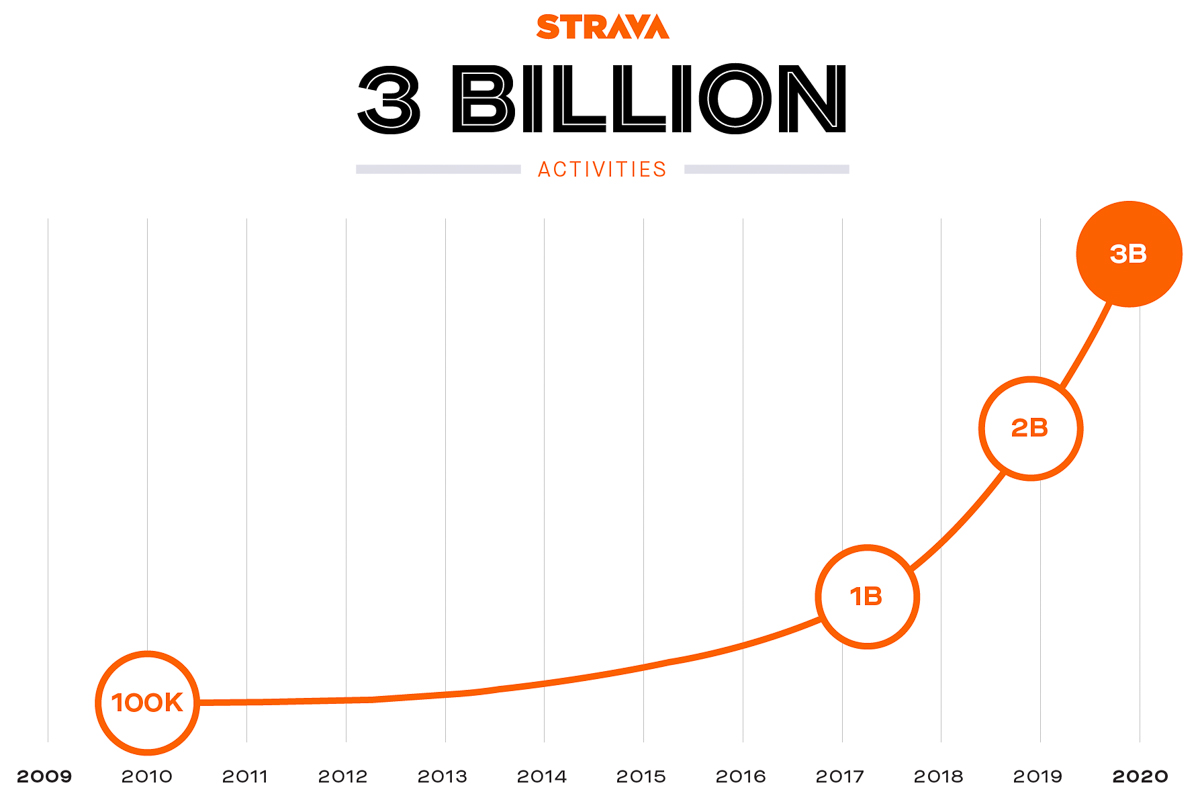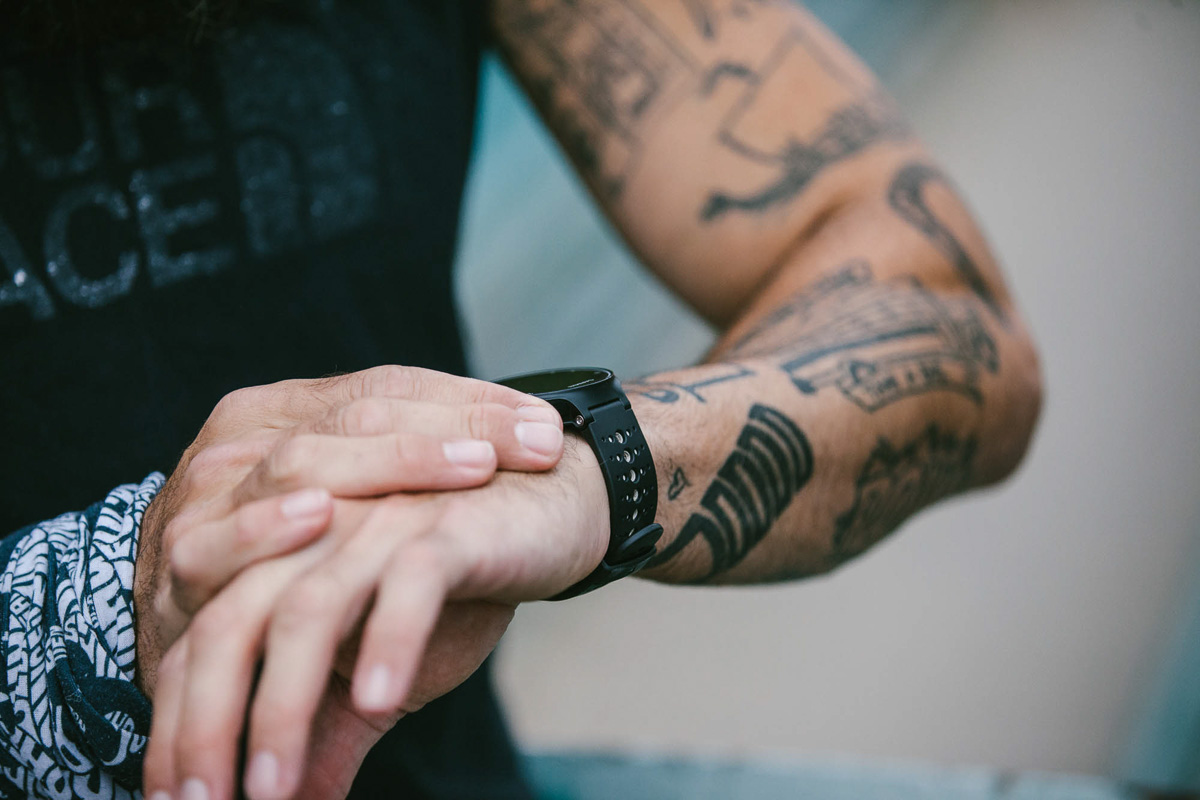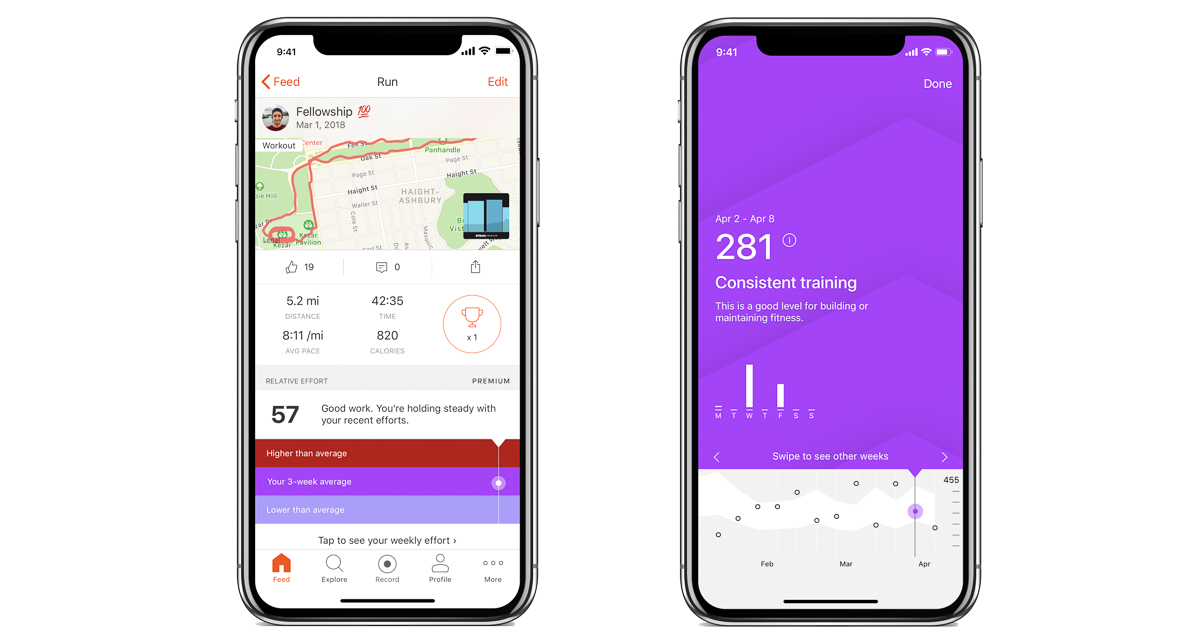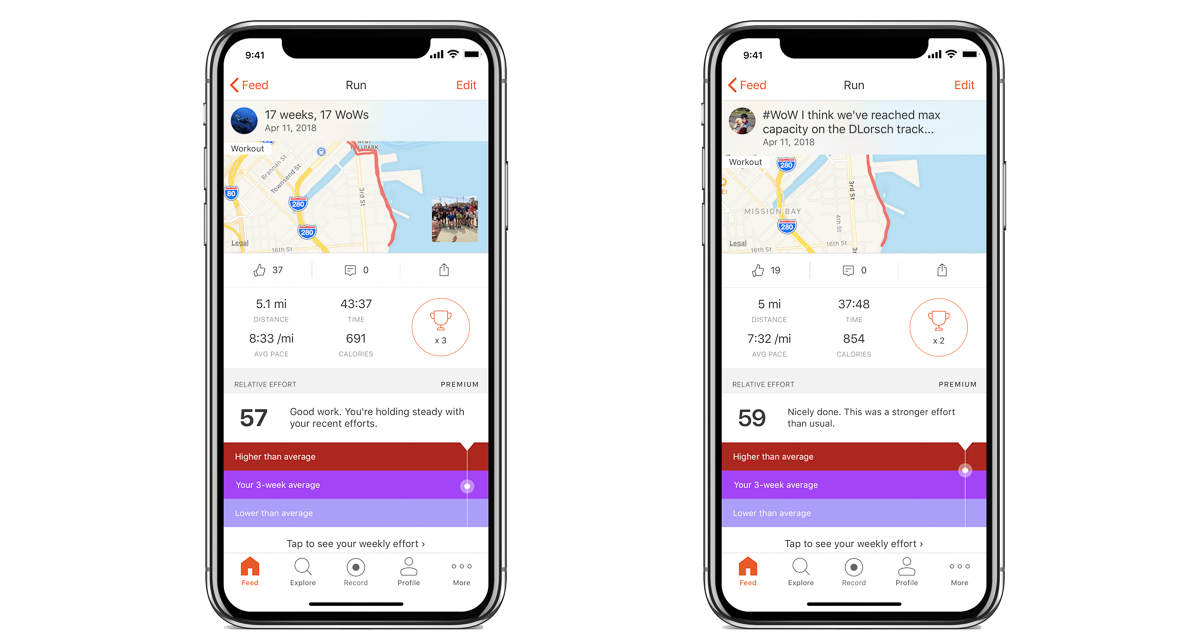Strava announced two new milestones for their business: Hitting 50 million athlete registrations, and over 3 billion activity uploads. If you’re a user, this growth has led to more features for you – including the newly released Relative Effort metric.
Strava’s growth was slow and steady for the bulk of its existence, but has shot up considerably in recent years. In fact, the 3-billion milestone was hit only thirteen months after crossing the 2-billion barrier.
“Since crossing the 2 billion activity mark in late 2018, Strava’s seen average monthly uploads increase by 40%. This includes 59% more activities uploaded by women, 46% more run activity uploads, and 41% more uploads from outside of the United States.”
Here are a few more of their favorite stats:
- 20 activities uploaded every second, 19 million every week
- 300+ compatible mobile phones and GPS devices
- More than 3 billion activity uploads
- 180 employees, most in San Francisco with more in Denver, CO, Hanover, NH and Bristol, UK
- 1,100+ professional athletes are on Strava
- 1 million athletes join every 30 days
- More than 50 million Strava athletes upload activities from 195 countries
- 4.9 billion kudos given between athletes last year
- Over 4 million photos shared per week on Strava
- 85 million comments and Kudos given by Strava athletes per week
- $59.99 a year to make the most of your sport with Strava Summit
- 130+ communities making commuting better with Strava Metro
Relative Effort & Leaderboards
Strava just announced a long-sought-after feature for cyclists, called Relative Effort. This uses input from power meters and heart rate monitors to help athletes manage training intensity and volume.
How was relative effort created – and what does it do?
“To develop Relative Effort, we started with the existing formula for Suffer Score and set out to transform it with input from sports-focused data scientist Dr. Marco Altini. Not only did we want to make it more precise for your runs and rides, but we wanted to make it compatible with all activities using heart-rate data, from a 30-minute interval session to a daylong excursion. We pitted the work against thousands of activities to create a model that could be applied to different sport types, and we tested it across a wide variety of athletes to make sure it would be accurate no matter your fitness level.
Running, riding, swimming, skiing, indoor rowing – anything you upload while using a heart rate monitor will work with Relative Effort and tell you how tough your activity was on a leveled playing field. Check out how one workout stacks up to the last or how strenuous it was compared to a totally different sport. Or measure your next group workout with a more interesting question than who was fastest – who really gave it their all?”
Finally, Strava announced the return of leaderboards to Challenges in February 2020, following a glitch that caused them to disappear in January. They’ve also expanded Challenges with additional activity types, such as triathlon, commuting, and a snow sport challenge.





